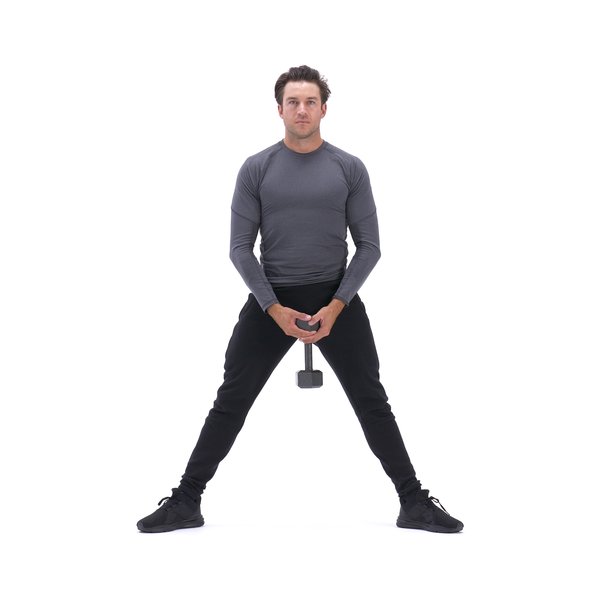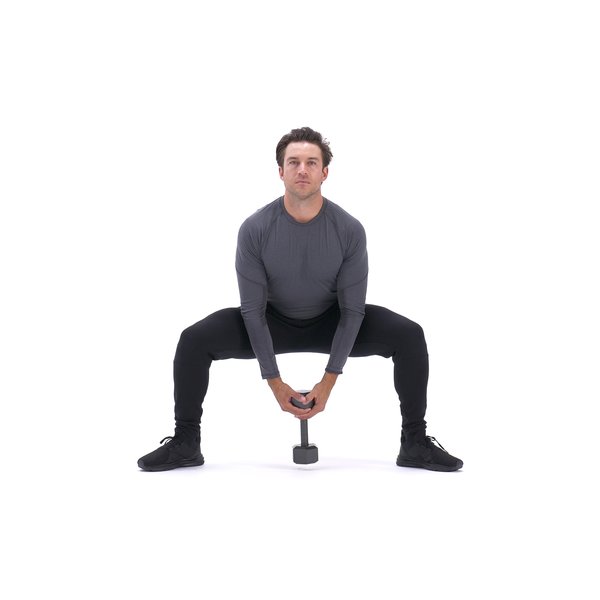Barbell back squat Images
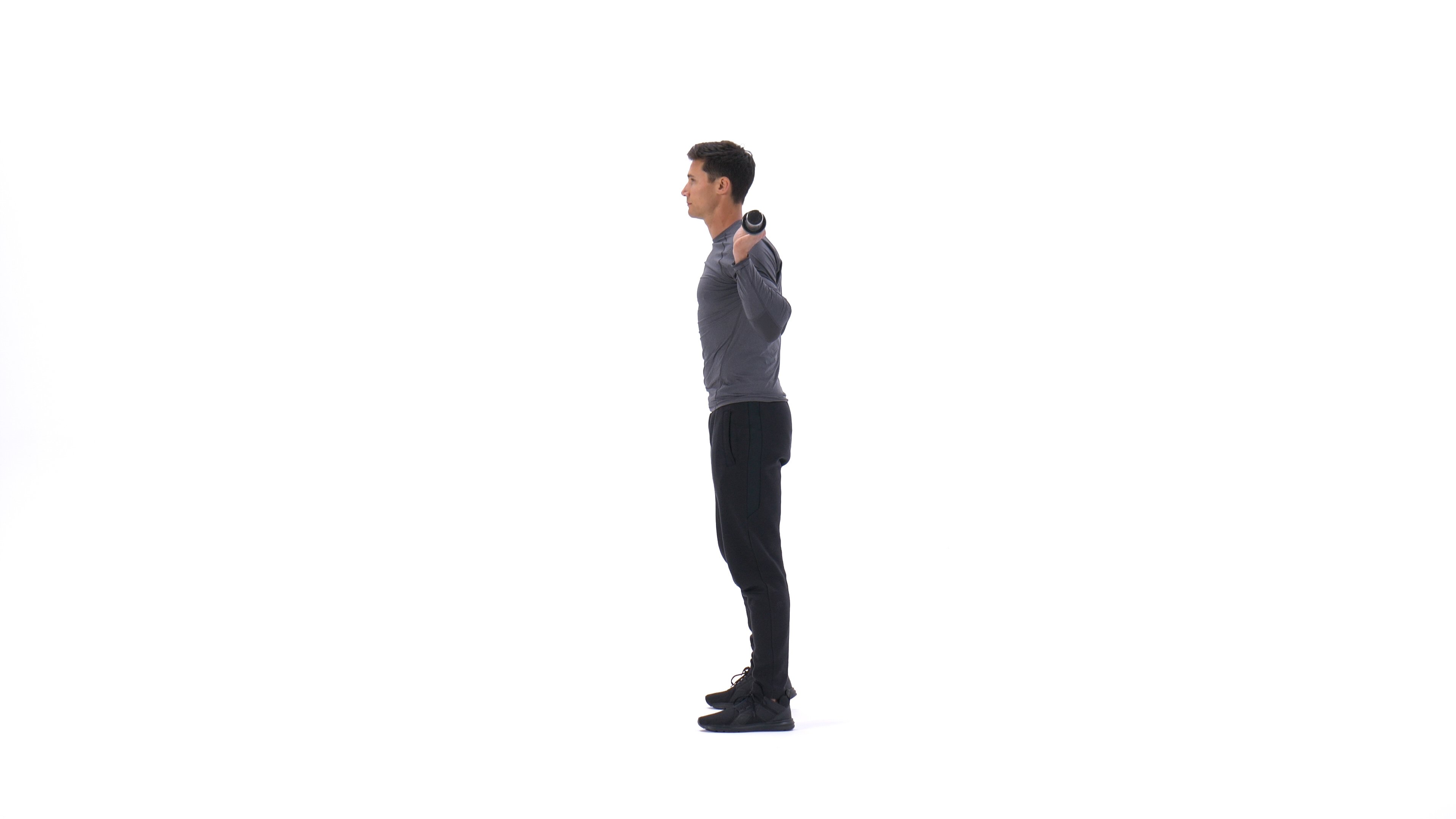
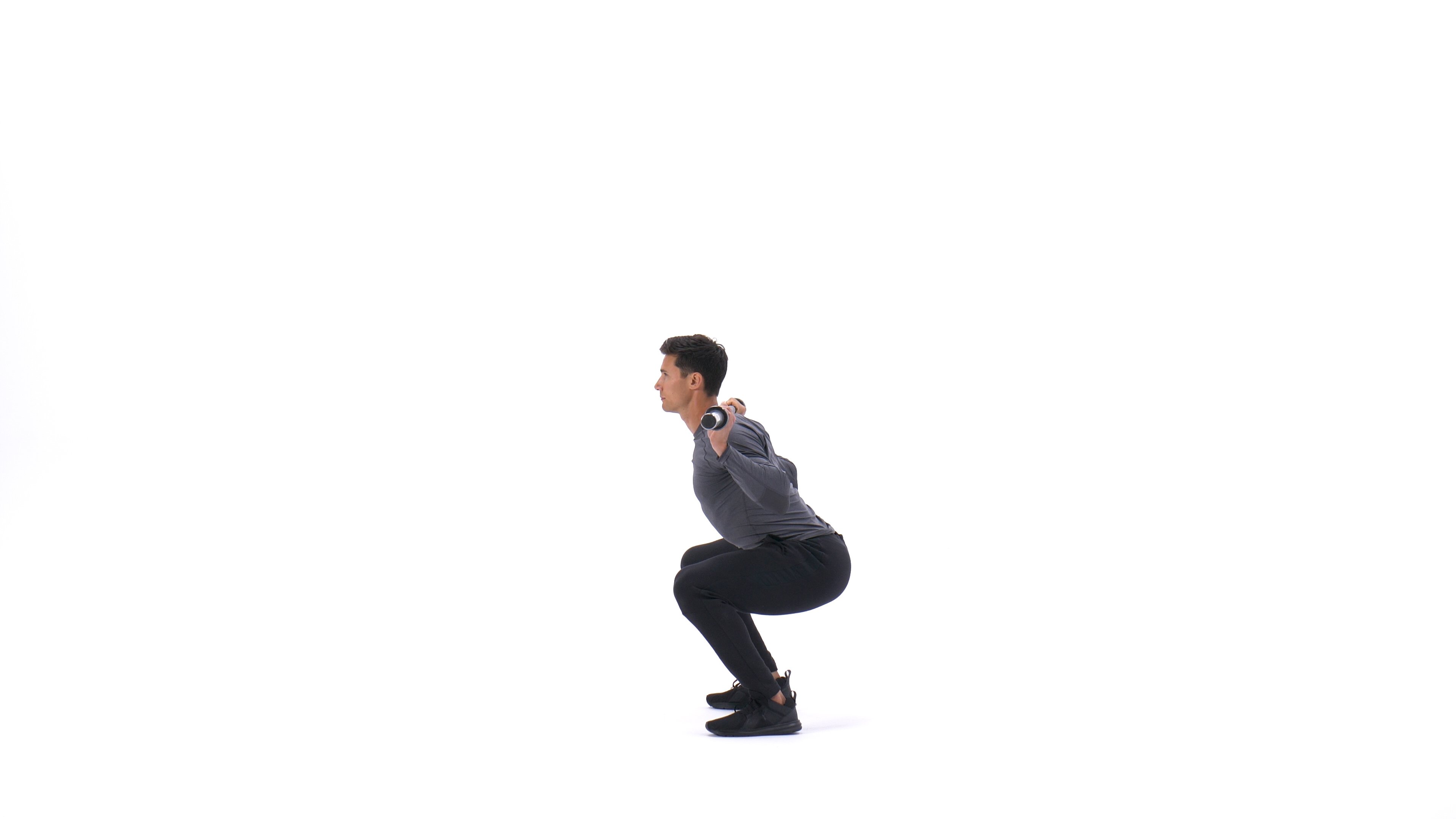
Barbell back squat Instructions
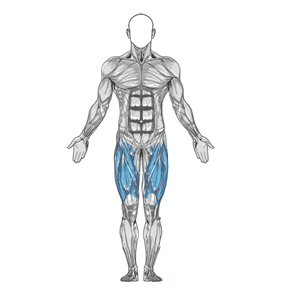
- Begin by loading the bar appropriately and stepping under it, placing it across the back of the shoulders slightly below the rear deltoids in a “low-bar†position. Squeeze your shoulder blades together and rotate your elbows forward, attempting to bend the bar across your shoulders.
- Remove the bar from the rack, creating a tight arch in your lower back, and step back into position. Place your feet in a wider-than-shoulder-width stance with the toes slightly pointed out and knees slightly bent. Keep your neck neutral. This will be your starting position.
- Descend into a squat by pushing your hips and butt backwards. Continue down until the upper legs are at or just below parallel to the floor. Inhale as you perform this portion of the movement.
- Descend into a squat by pushing your hips and butt backwards. Continue down until the upper legs are at or just below parallel to the floor. Inhale as you perform this portion of the movement.
- Drive up through your heels, pushing your feet and knees out. Continue upward, maintaining tightness head to toe, until you have returned to the starting position.
- Repeat for recommended amount of repetitions.




